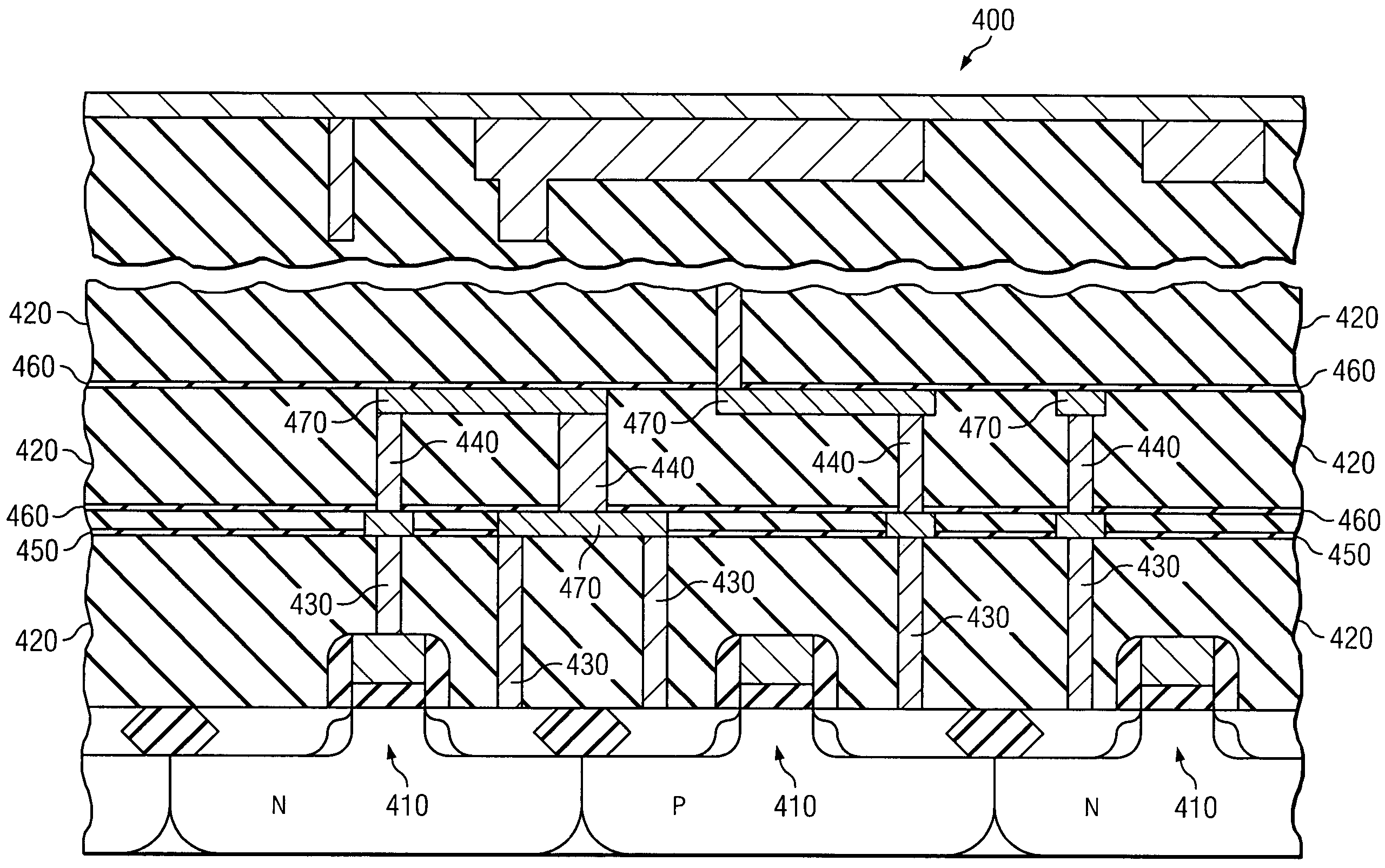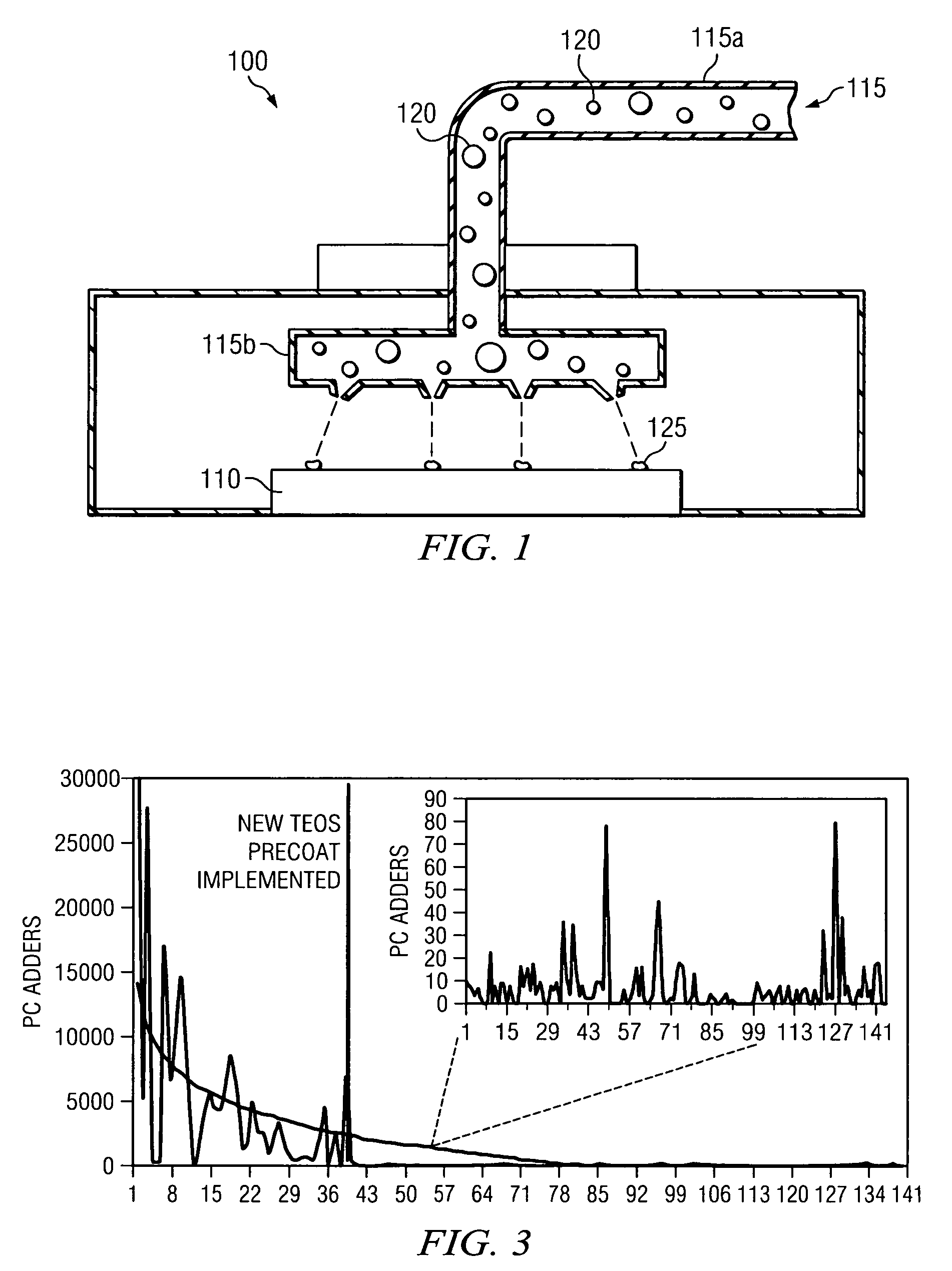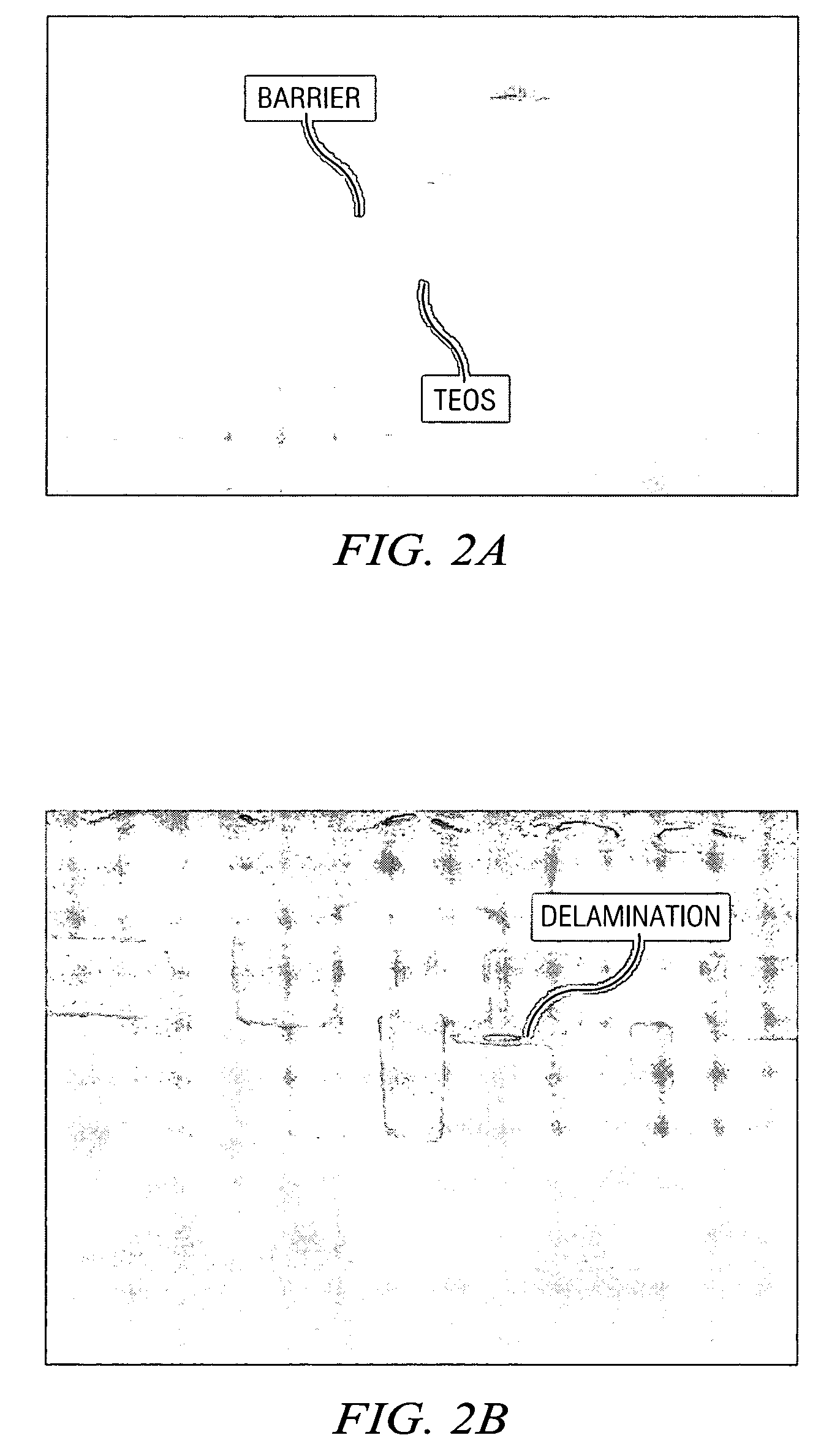Method for conditioning a microelectronics device deposition chamber
a technology of microelectronics and deposition chambers, which is applied in the direction of coatings, semiconductor devices, chemical vapor deposition coatings, etc., can solve the problems of increased metal density, defects in the device at subsequent deposition, and contamination still occurring in the deposition chamber despite, and achieves high gas flow
- Summary
- Abstract
- Description
- Claims
- Application Information
AI Technical Summary
Benefits of technology
Problems solved by technology
Method used
Image
Examples
Embodiment Construction
[0018]The present invention recognizes the heretofore unknown problem of residual liquefied gas residing in a supply line connected to a deposition chamber and the substantial particle reduction benefits associated with removing that residual liquefied gas prior to depositing a layer onto a microelectronics wafer.
[0019]Referring initially to FIG. 1, there is illustrated a schematic drawing of a deposition chamber 100 having a microelectronics wafer 110 located therein and a supply line 115 that is connected to and includes a line 115a and shower head 115b through which gas is dispensed in the deposition chamber 100 to form a deposition plasma. It should be understood that this figure is a simplified, highly schematic view of a deposition chamber that can be found in a conventional deposition tool and that the configuration of the deposition tool and chamber will vary from one manufacturer to another. Moreover, the scope of the present invention is not limited to any one type of depo...
PUM
| Property | Measurement | Unit |
|---|---|---|
| pressure | aaaaa | aaaaa |
| pressure | aaaaa | aaaaa |
| power | aaaaa | aaaaa |
Abstract
Description
Claims
Application Information
 Login to View More
Login to View More - R&D
- Intellectual Property
- Life Sciences
- Materials
- Tech Scout
- Unparalleled Data Quality
- Higher Quality Content
- 60% Fewer Hallucinations
Browse by: Latest US Patents, China's latest patents, Technical Efficacy Thesaurus, Application Domain, Technology Topic, Popular Technical Reports.
© 2025 PatSnap. All rights reserved.Legal|Privacy policy|Modern Slavery Act Transparency Statement|Sitemap|About US| Contact US: help@patsnap.com



